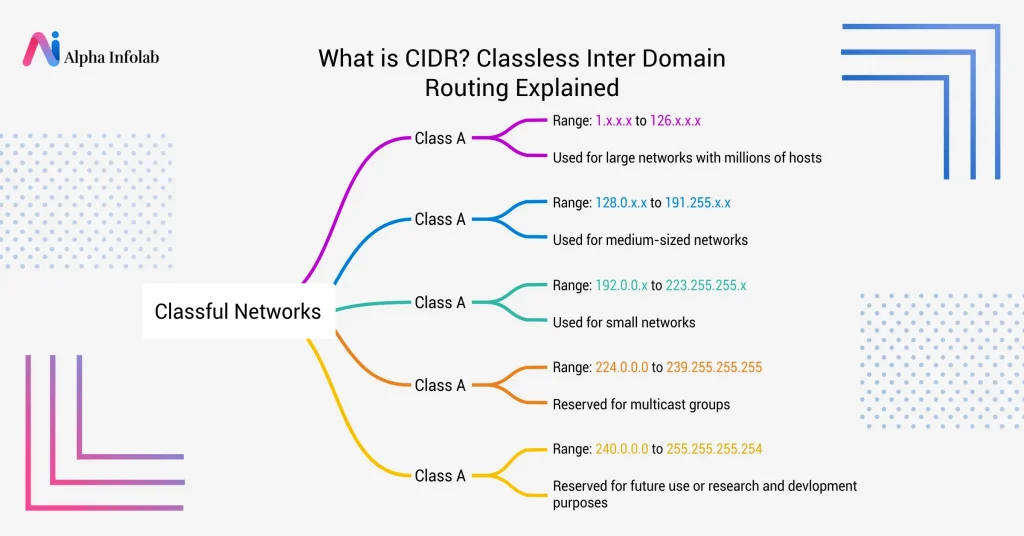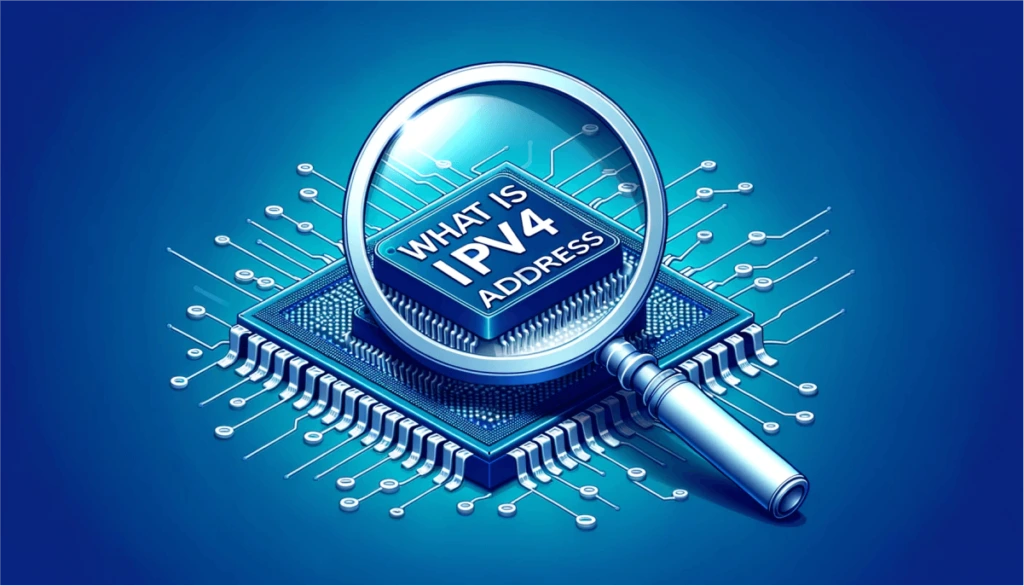The internet, as we know it, is a complex network of interconnected systems. The smooth functioning of this vast network relies heavily on protocols like the Border Gateway Protocol (BGP). However, BGP has its shortcomings, which can lead to significant security issues. This is where RPKI (Resource Public Key Infrastructure) comes into play.
Table of Contents
Understanding BGP and its limitations
BGP is the main protocol facilitating routing exchange through the internet. It allows data packets to travel globally in a decentralized manner with automated routing. However, BGP route acceptance depends on the Internet Service Provider (ISP) engineering, and there is no ground truth as to who should announce the path or who the real owner is. This lack of verification leaves room for BGP Hijacks, where an Autonomous System (AS) makes a BGP announcement for IP prefixes that the AS does not own.
Introducing RPKI
RPKI is a security layer in BGP routing that provides full cryptographic trust towards ownership where the owners have a publicly available identifier. It is based on the existing PKI standard – RFC6480 and is a step towards securing BGP routing. With RPKI, we know the origin of the incoming information and who owns which space.
How RPKI Prevents Route Hijacking and Other Attacks
RPKI prevents route hijacking and other attacks by providing a secure identification system for the BGP route information between autonomous systems. It proves the association between specific IP address blocks or ASNs and the holders of those Internet number resources. RPKI enables routers to perform Route Origin Validation (ROV), which helps prevent devastating attacks such as IP prefix hijacking, route leaks, IP address spoofing, man-in-the-middle attacks, and AS path spoofing. RPKI permits network operators to determine cryptographically the permissions to announce prefixes, which allows them to make more informed and secure routing decisions. Networks that implement RPKI can be confident that internet traffic is routed only through authorized paths, thus eliminating the risks of man-in-the-middle or other data diversion and interception attacks. Without RPKI, Internet routing depends on the trust of the network operators advertising the correct IP prefixes they manage, which can be vulnerable to attack and hijacking.
Implementing RPKI
Using RPKI involves several steps:
- Creating ROAs: The owner of an IP prefix requests a digital certificate from their Regional Internet Registry (RIR), such as ARIN, RIPE, or APNIC. This certificate asserts the ownership of the IP prefix. The owner then creates an ROA, which is a statement that authorizes an Autonomous System (AS) to originate routes to one or more IP prefixes. The ROA is digitally signed using the private key associated with the digital certificate. The signed ROA is published in a public repository, which is accessible to anyone on the internet.
- Validating BGP Announcements: Network operators download the ROAs from the public repository and use them to build a local cache of validated ROA payloads (VRPs). When a BGP announcement is received, the network operator checks the originating AS and the IP prefix against the VRPs in the local cache. If the AS is authorized to originate the route to the IP prefix according to the VRPs, the BGP announcement is considered valid. If not, the announcement is considered invalid and can be rejected.
Implementing RPKI can be a complex process that requires careful planning and configuration. It may involve changes to existing routing infrastructure and processes, and it requires ongoing maintenance to keep the ROAs and the local cache up to date. There are also various tools and software available to help with implementing RPKI, such as the RPKI Validator developed by RIPE NCC, and routers need to be configured to use RPKI for route validation.
Limitations of RPKI in Preventing Route Hijacking
Despite its benefits, RPKI has some limitations in preventing route hijacking:
- Incomplete adoption: RPKI relies on widespread adoption by network operators to be effective. If not all networks implement RPKI, there are still opportunities for route hijacking to occur through networks that have not implemented it.
- Misconfiguration: Misconfigurations in the RPKI system can lead to false route validation or invalid route announcements. These misconfigurations can undermine the effectiveness of RPKI in preventing route hijacking.
- Trust in RPKI authorities: RPKI relies on the trustworthiness of the RPKI authorities that issue and manage the certificates. If an authority becomes compromised or behaves maliciously, it can lead to the issuance of invalid certificates, potentially enabling route hijacking.
- Limitations of Route Origin Validation (ROV): RPKI’s ROV only validates the origin of a route, not the entire path. This means that while it can
prevent route hijacking at the origin level, it does not address other types of attacks such as path manipulation or prefix hijacking. - Complexity and operational challenges: Implementing RPKI can be complex and requires coordination among network operators. It may involve changes to existing routing infrastructure and processes, which can pose operational challenges and delays in adoption.
Despite these limitations, RPKI remains an important tool in enhancing the security and reliability of Internet routing. It provides a cryptographic framework for verifying the ownership of Internet number resources and helps prevent route hijacking by enabling route origin validation. Continued efforts to improve adoption and address the limitations will further strengthen the effectiveness of RPKI in preventing route hijacking and other attacks.
Conclusion
RPKI provides a significant step in securing BGP routing. It offers proof of origin, cryptographic identity verification, and route hijacking prevention. By implementing RPKI, network owners can enhance the security, stability, and reliability of Internet routing, thereby protecting their web assets and reducing the risk of personal data breaches and redirection to malicious sites. Despite its limitations, the continued adoption and refinement of RPKI will further enhance the security of the internet.
Frequently Asked Questions
What is RPKI?
RPKI (Resource Public Key Infrastructure) is a security layer in BGP routing that provides full cryptographic trust towards ownership where the owners have a publicly available identifier. It is based on the existing PKI standard – RFC6480 and is a step towards securing BGP routing. With RPKI, we know the origin of the incoming information and who owns which space.
How does RPKI prevent route hijacking and other attacks?
RPKI prevents route hijacking and other attacks by providing a secure identification system for the BGP route information between autonomous systems. It proves the association between specific IP address blocks or ASNs and the holders of those Internet number resources. RPKI enables routers to perform Route Origin Validation (ROV), which helps prevent devastating attacks such as IP prefix hijacking, route leaks, IP address spoofing, man-in-the-middle attacks, and AS path spoofing.
What are the steps involved in implementing RPKI?
Implementing RPKI involves several steps: Creating ROAs (Route Origin Authorizations), where the owner of an IP prefix requests a digital certificate from their Regional Internet Registry (RIR) and then creates an ROA, which is a statement that authorizes an Autonomous System (AS) to originate routes to one or more IP prefixes. The ROA is digitally signed and published in a public repository. Network operators then download the ROAs and use them to build a local cache of validated ROA payloads (VRPs). When a BGP announcement is received, the network operator checks the originating AS and the IP prefix against the VRPs in the local cache. If the AS is authorized to originate the route to the IP prefix according to the VRPs, the BGP announcement is considered valid.
What are the limitations of RPKI in preventing route hijacking?
Despite its benefits, RPKI has some limitations in preventing route hijacking: Incomplete adoption, Misconfiguration, Trust in RPKI authorities, Limitations of Route Origin Validation (ROV), and Complexity and operational challenges.
What are the essential practices for enhancing IPv4 security?
Implementing VPNs, network firewalls, and regular patch updates are key to safeguarding against IPv4 vulnerabilities.





